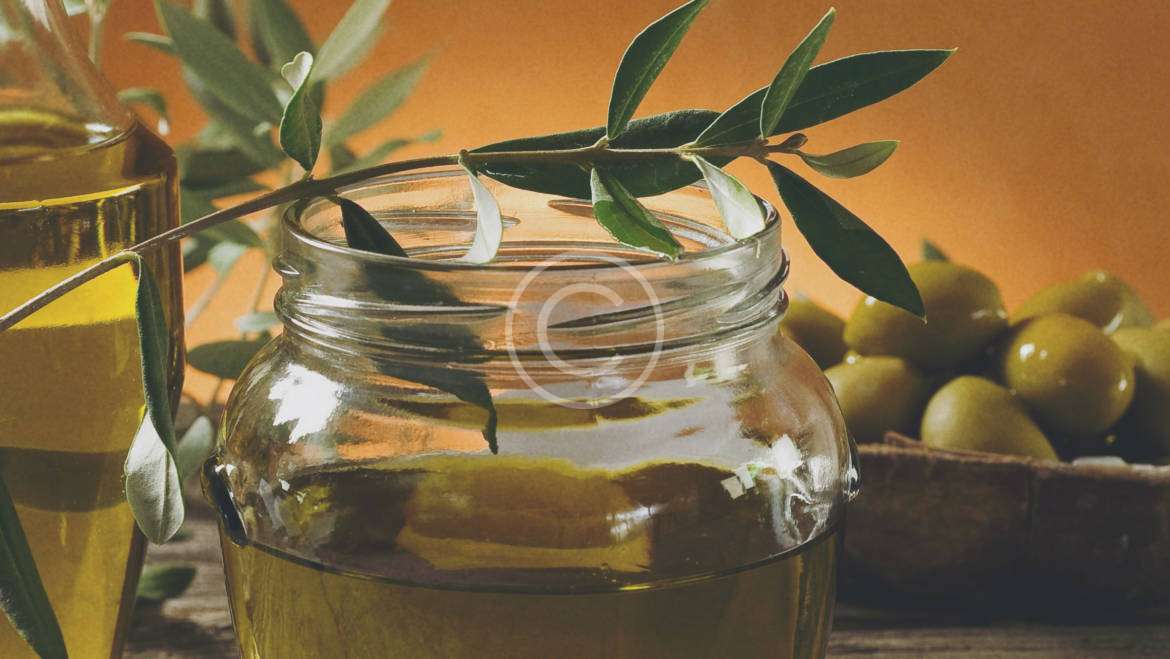Contents
Treating The Olive Trees Like Grapevines
Olive trees have long been an essential part of Mediterranean culture, providing not only delicious olives but also high-quality olive oil. However, there is a growing trend among some olive growers to treat their trees more like grapevines, adopting vineyard management techniques to enhance olive production and overall tree health. This innovative approach is gaining attention for its potential to revolutionize olive cultivation. In this article, we explore the concept of treating olive trees like grapevines and its potential benefits.
The Concept of Treating Olive Trees Like Grapevines
Traditionally, olive trees have been managed in a way that promotes large tree canopies and abundant fruit production. However, recent studies and observations have suggested that adopting techniques commonly used in grapevine cultivation can significantly improve the overall health and productivity of olive trees.
One key aspect of this approach involves training the olive trees to grow in a trellis system, similar to how grapevines are trained. By providing support structures, such as stakes and wires, olive trees can be encouraged to grow vertically, allowing better sunlight exposure and airflow throughout the canopy. This technique can lead to improved photosynthesis, nutrient uptake, and disease prevention.
Benefits of Treating Olive Trees Like Grapevines
- Increased Yield: By training olive trees vertically, more trees can be planted per unit area, resulting in higher overall olive production. This approach optimizes space utilization and allows for more efficient harvesting and maintenance.
- Improved Fruit Quality: When olive trees grow vertically, the fruits receive better exposure to sunlight, leading to more even ripening and enhanced oil quality. Additionally, the improved airflow reduces humidity within the canopy, reducing the risk of fungal diseases and pests.
- Easier Pruning and Harvesting: Treating olive trees like grapevines makes pruning and harvesting more accessible. The trellis system provides clear access to the tree’s structure, allowing for better pruning to maintain tree health and facilitate mechanical harvesting techniques.
- Reduced Disease Pressure: The vertical growth system allows for increased airflow and sunlight penetration, reducing the risk of fungal diseases that thrive in humid conditions. This approach also facilitates better spray coverage during disease and pest management activities.
- Efficient Water Management: Vertical training enables better water distribution and irrigation management. Water can be efficiently applied to the root zone, reducing wastage and optimizing water usage.
Challenges and Considerations
While the concept of treating olive trees like grapevines shows promising results, it is important to consider the specific requirements and characteristics of olive trees. Not all olive varieties may be suitable for this approach, and careful consideration should be given to factors such as tree vigor, canopy density, and rootstock compatibility.
Implementing this technique may also require adjustments to existing orchards, including installing trellis systems and training the trees from a young age. Growers should carefully plan and adapt their orchards to ensure the successful integration of this innovative approach.
Conclusion
Treating olive trees like grapevines presents an exciting opportunity to enhance olive cultivation. By adopting vertical training systems, olive growers can potentially increase yield, improve fruit quality, simplify pruning and harvesting operations, reduce disease pressure, and optimize water management. However, careful evaluation of the specific orchard conditions and olive tree varieties is crucial before implementing this approach. With further research and experimentation, the olive industry may witness a transformation that not only improves productivity but also strengthens the sustainability and resilience of olive tree cultivation.

